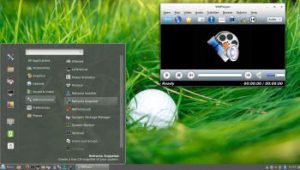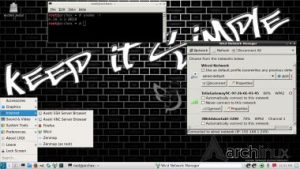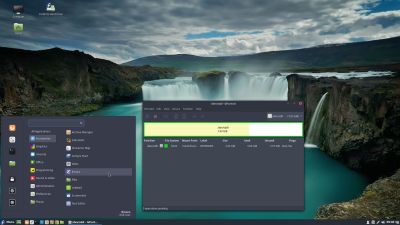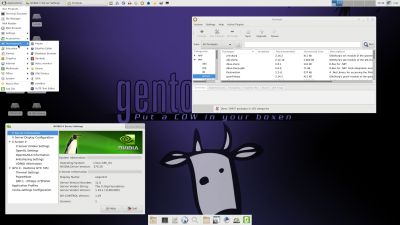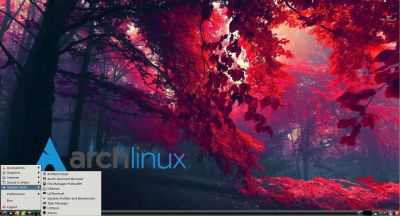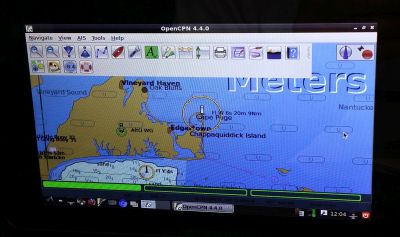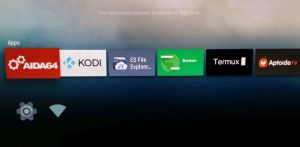 ABOUT
ABOUT
RaspAnd Nougat 7.1.2 Build 170516 is an Android 7.1.2 Nougat system which can run on Raspberry Pi 3 and Pi 2. I have included the following apps:
1) Kodi 17.1 (latest version which allows users to play and view most videos, music, podcasts, and other digital media files from local and network storage media and the Internet. YouTube is enabled and working very well!)
2) Firefox 53.0.2
3) Spotify 8.4.3.479 (working very very well)
4) Rotation Control Pro 1.1.9 (which you may or may not need)
6) AIDA64 1.46 (for exploring your Rpi system)
7) Aptoide TV 3.2.1 (for installing new apps)
8) ES File Explorer Pro 1.0.8 working very well
9) Termux 0.48 (terminal with which you can use Apt to install certain programs)
10) SnapTube 4.17.0.8739 (with sound, but no video. However, using SnapTube you can download videos/movies from YouTube and replay them in Windows or Linux with perfect video quality).
ABOUT Android 7.1.2
Version 7.1.2 is the latest Android system by now. Released on April 8, 2017. The system is used in very few mobile phones (as far as I know).
ABOUT KODI
Kodi (an award-winning free and open source (GPL) software media center for playing videos, music, pictures, games, and more) works very well in RaspAnd. You can enable a lot of Add-ons. Most important is that the YouTube Add-on is enabled by default and that it works very well. I.e. both the sound and the video performance when running YouTube in Kodi is satisfying.
Kernel
Kernel 4.4.35-exton-v7+ is used in RaspAnd Nougat Build 170516.
Screenshots
Screenshot 1 – Nougat boot animation (which you must see during the boot. If not, the installation was unsuccessful)
Screenshot 2 – RaspAnd’s Desktop
Screenshot 3 – Kodi running
Screenshot 4 – Kodi running (choosing Add-ons)
Screenshot 5 – ES File Explorer running
Screenshot 6 – Spotify running
Screenshot 7 – AIDA64 running
Screenshot 8 – SnapTube running
Screenshot 9 – Termux running
Screenshot 10 – Settings running (choosing apps to start)
Please note that the colors in the screenshots are not accurate. The actual screen color is more like in this picture taken with my mobile phone.

